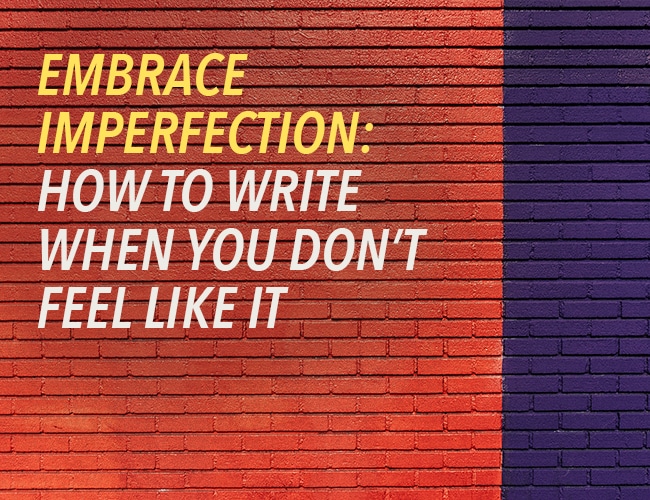


How to Write When You Don’t Feel Like it
As a writer, it’s easy to fixate on your mistakes, like a poor first draft or your inability to find that perfect word when you need it most.
Fortunately, the solution to your writer’s block is easy—you just need to go for a walk in your pajamas. Let me explain.
Parataxis and Hypotaxis: How Greek Makes You a Better Writer
My elementary school experience included three years of Latin in fourth through sixth grade. Believe it or not, that language learning actually came in handy when middle school French rolled around. It has also come in handy when breaking down literary terms, many of...
7 Writing Resources to Make You a Better Writer
Over the years I’ve written about my journey trying to get my first novel published. There’s an emotional aspect to it all, of course (The struggle! The triumphs!), but documenting the steps I’ve taken has also had a practical outcome. I've been able to see the...How I Became a Better Writer in One Year
Yesterday I was looking over some of my writing from the last couple years and as I read it, I shuddered and asked myself, “Did I really write this?” Guys, it was bad. Not just the “oh it could be better” bad, but the “this isn’t even in the right tense and barely makes sense” bad writing.
Thankfully, I’m a much better writer today. I improved so much in such a short period of time and I wanted to share with you how it happened.
